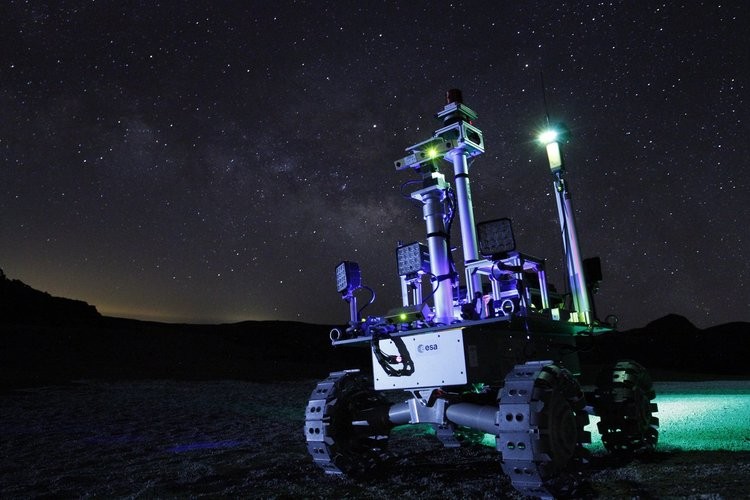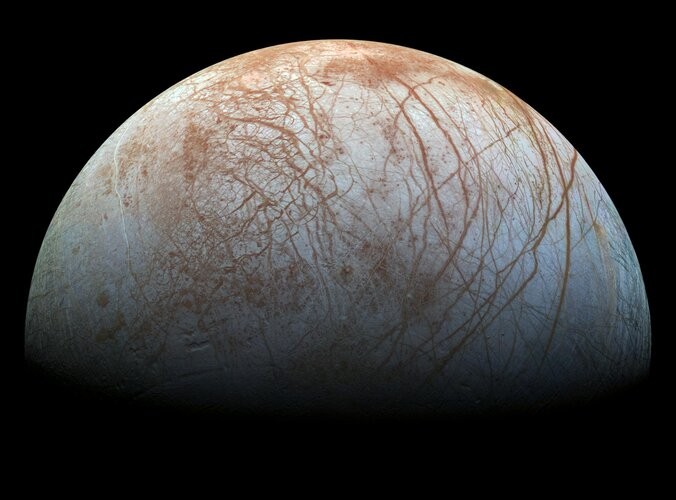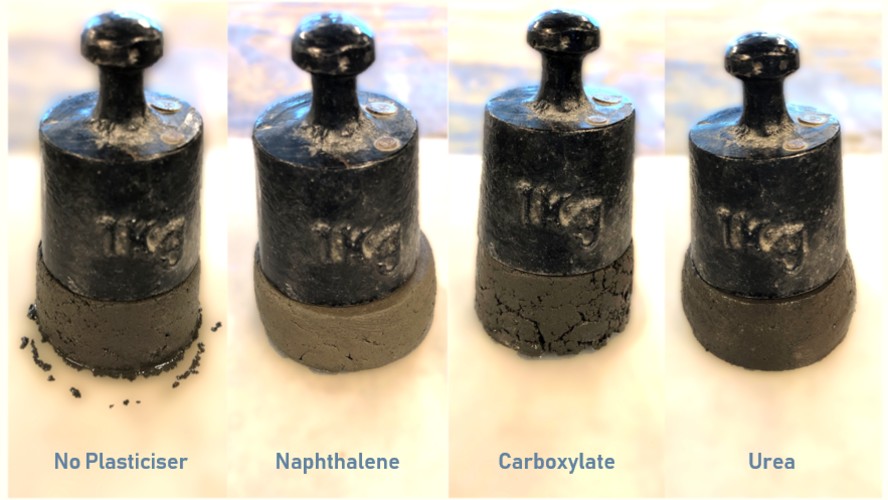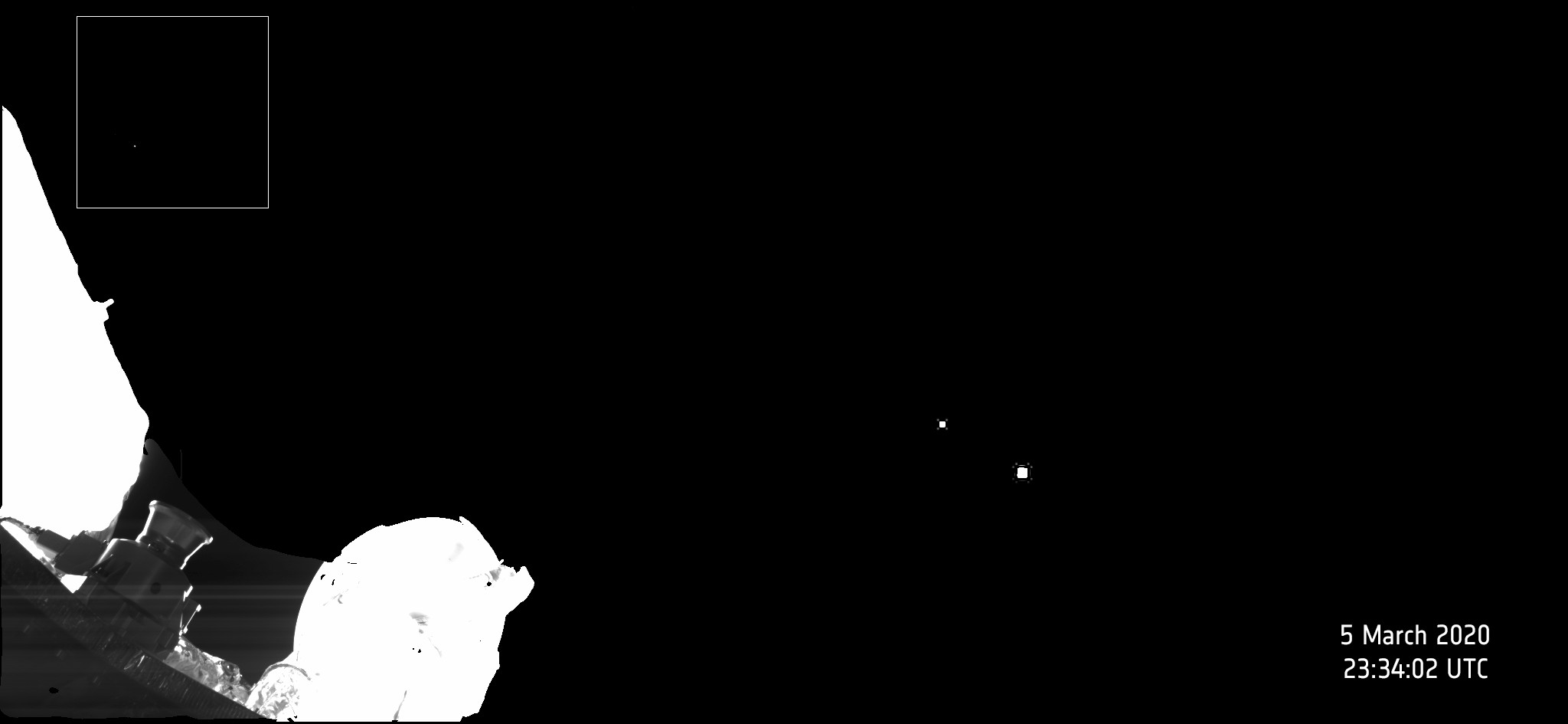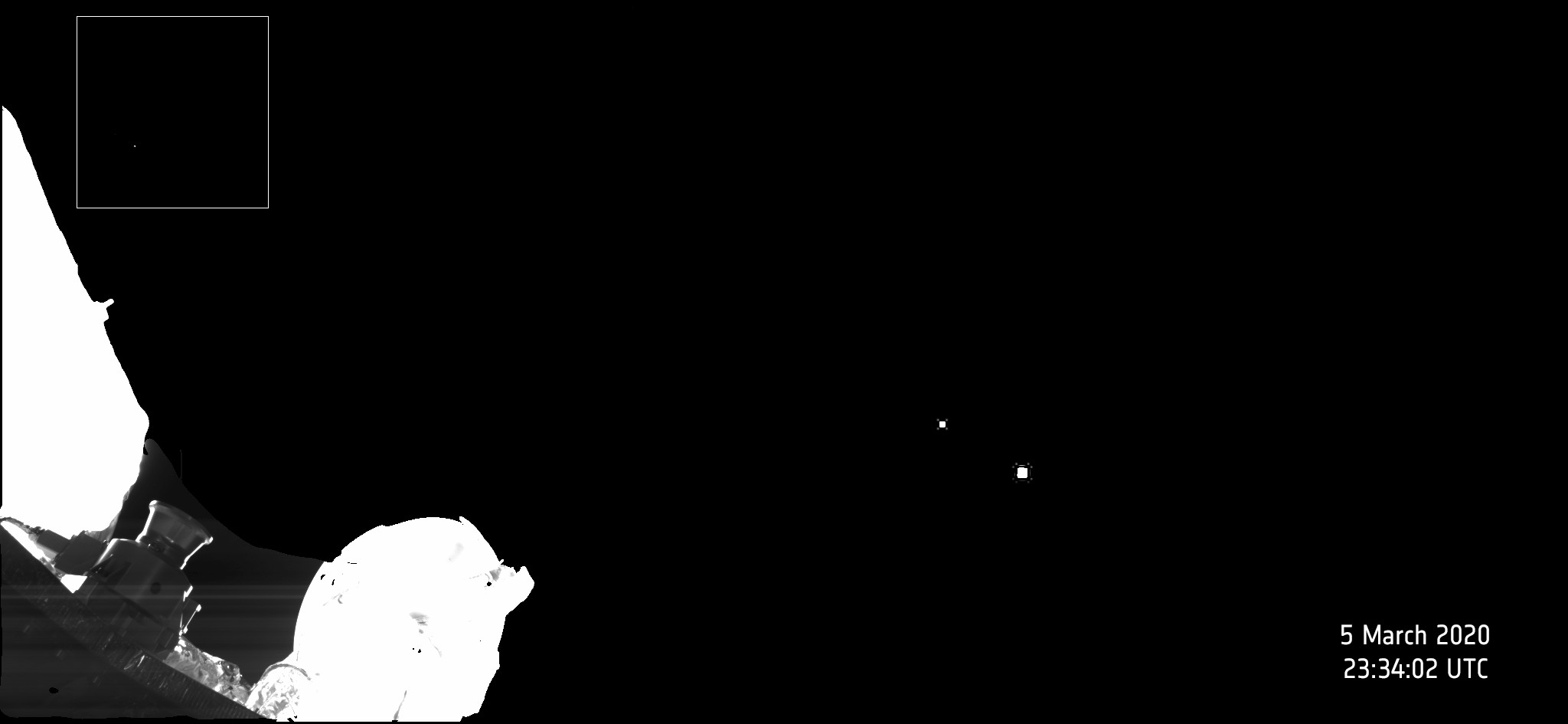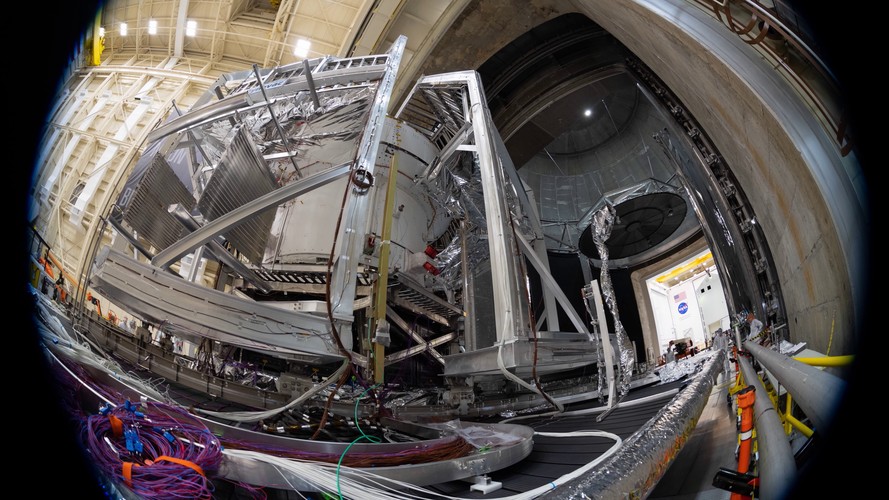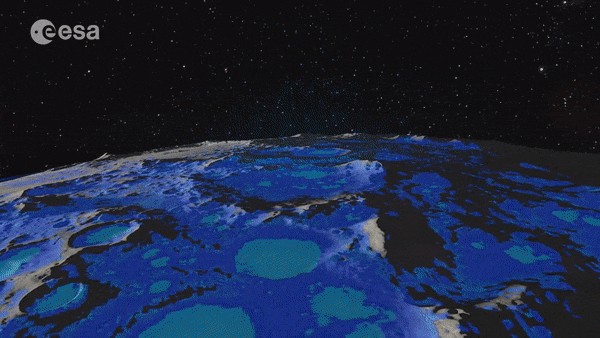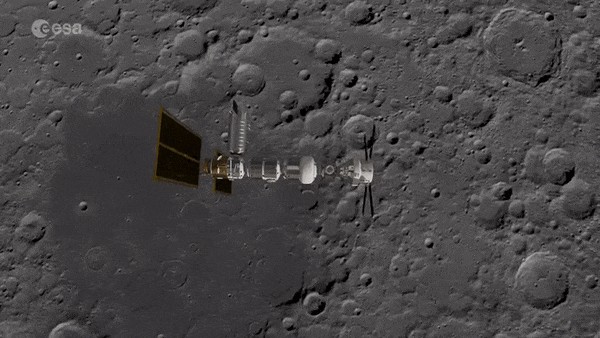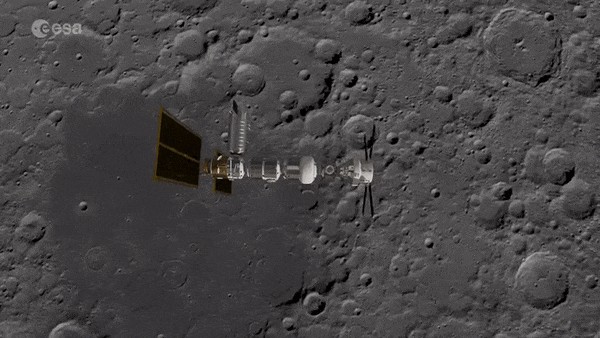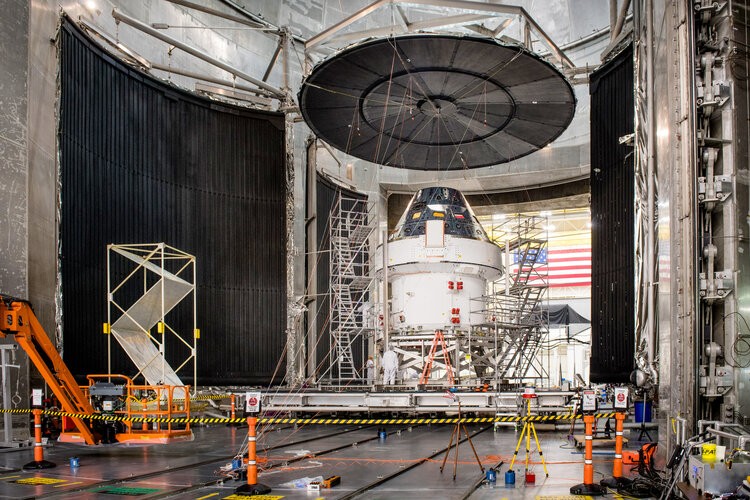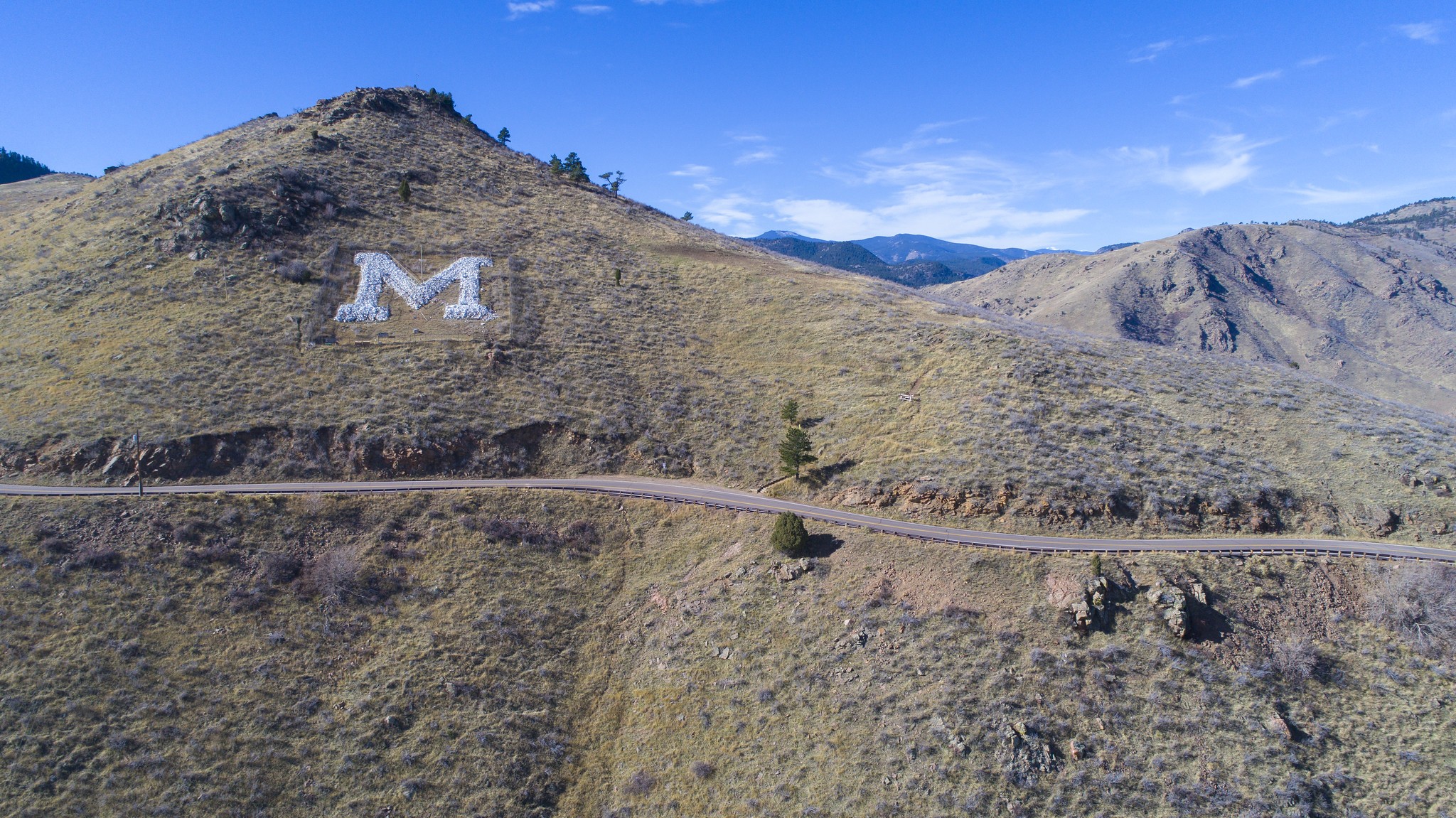Most significant
-
5 years ago
Laser-powered rover to explore Moon’s dark shadows
ESAA laser light shone through the dark could power robotic exploration of the most tantalising locations in our Solar System: the permanently-shadowed craters around the Moon’s poles, believed to be rich in water ice and other valuable materials.
Read More -
5 years ago
New evidence of watery plumes on Jupiter’s moon Europa
ESAImage: New evidence of watery plumes on Jupiter’s moon Europa
Read More -
5 years ago
Astronaut urine for building a Moon base
ESAFrom human waste to superplasticiser, astronaut urine could become a useful resource for making a robust type of concrete on the Moon.
Read More -
5 years ago
Why is BepiColombo back?
ESABepiColombo is on its way to Mercury, but for some reason that brings it back to Earth.
Read More -
5 years ago
Week in images: 30 March - 3 April 2020
ESAWeek in images: 30 March - 3 April 2020 Discover our week through the lens
Read More -
5 years ago
Last stop before launch: Orion passes tests and returns to Kennedy Space Center
ESAThe Orion spacecraft that will fly on the Artemis 1 mission around the Moon has returned to NASA’s Kennedy Space Center in Florida, USA, after finishing space environment tests. The spacecraft, including ESA’s European Service Module, is now at its final destination before launch.
Read More -
5 years ago
-
5 years ago
European Gateway experiment will monitor radiation in deep space
ESAThe first science experiments that will be hosted on the Gateway, the international research outpost orbiting the Moon, have been selected by ESA and NASA. Europe’s contribution will monitor radiation to gain a complete understanding of cosmic and solar rays in unexplored areas as the orbital outpost is assembled around the Moon.
Read More -
5 years ago
European Gateway experiment will monitor radiation in deep space
ESAThe first science experiments that will be hosted on the Gateway, an international outpost which will orbit the Moon, have been selected by ESA and NASA. Europe’s contribution will monitor radiation to gain a complete understanding of cosmic and solar rays in unexplored areas as the orbital outpost is assembled around the Moon.
Read More -
5 years ago
Interference testing
ESAImage: Testing one, two and now, three. Radio frequency testing has begun on the first Orion spacecraft that will fly around the Moon for the Artemis 1 mission, just two weeks after thermal and environmental tests were completed at NASA’s Plum Brook Station in Ohio, USA. Electromagnetic compatibility or EMC testing is routine for spacecraft. All electronics emit some form of electromagnetic waves that can cause interference with other devices. Think of the buzz that speakers give out right before an incoming call on a mobile phone. Spacecraft electronics can cause similar interference, but out in space such interference can have disastrous consequences, so all systems must be checked before launch. EMC tests often take place in a special shielded room constructed of metal walls and doors and foamy spikes (aka Absorbers) that block out unwanted external electromagnetic radiation, like ESA’s Maxwell chamber at its technical site in the Netherlands. Though not an EMC chamber, Plum Brook’s thermal vacuum chamber is made of aluminium that does provide electromagnetic shielding, making it a suitable substitute. To test electronics, the spacecraft will simulate a flight in realistic conditions with most of its subsystems and equipment powered and in operational mode. The electronics are first tested for compatibility in this electromagnetic shielded chamber. Equipment will be switched on to test whether they do potentially disturb one another. In the second round of tests, electromagnetic fields will be applied using antennas around the spacecraft to test the susceptibility to interference from external sources. The Orion capsule is equipped with electromagnetic field sensors to take measurements as the disturbance frequencies are injected into the chamber. While all subsystems are a potential source of radio frequency noise, of particular interest are the transmitters that intentionally generate radio frequencies. These can easily disturb other equipment sensitive to electromagnetic noise, like GPS receivers, tele-command modules and other communication elements. Orion’s European Service Module provides power, propulsion, and crew life support. ESA experts are on site monitoring all tests alongside NASA colleagues as Orion moves closer to its first flight without a crewaround the Moon. Find more in depth coverage of all things Orion on the blog.
Read More

